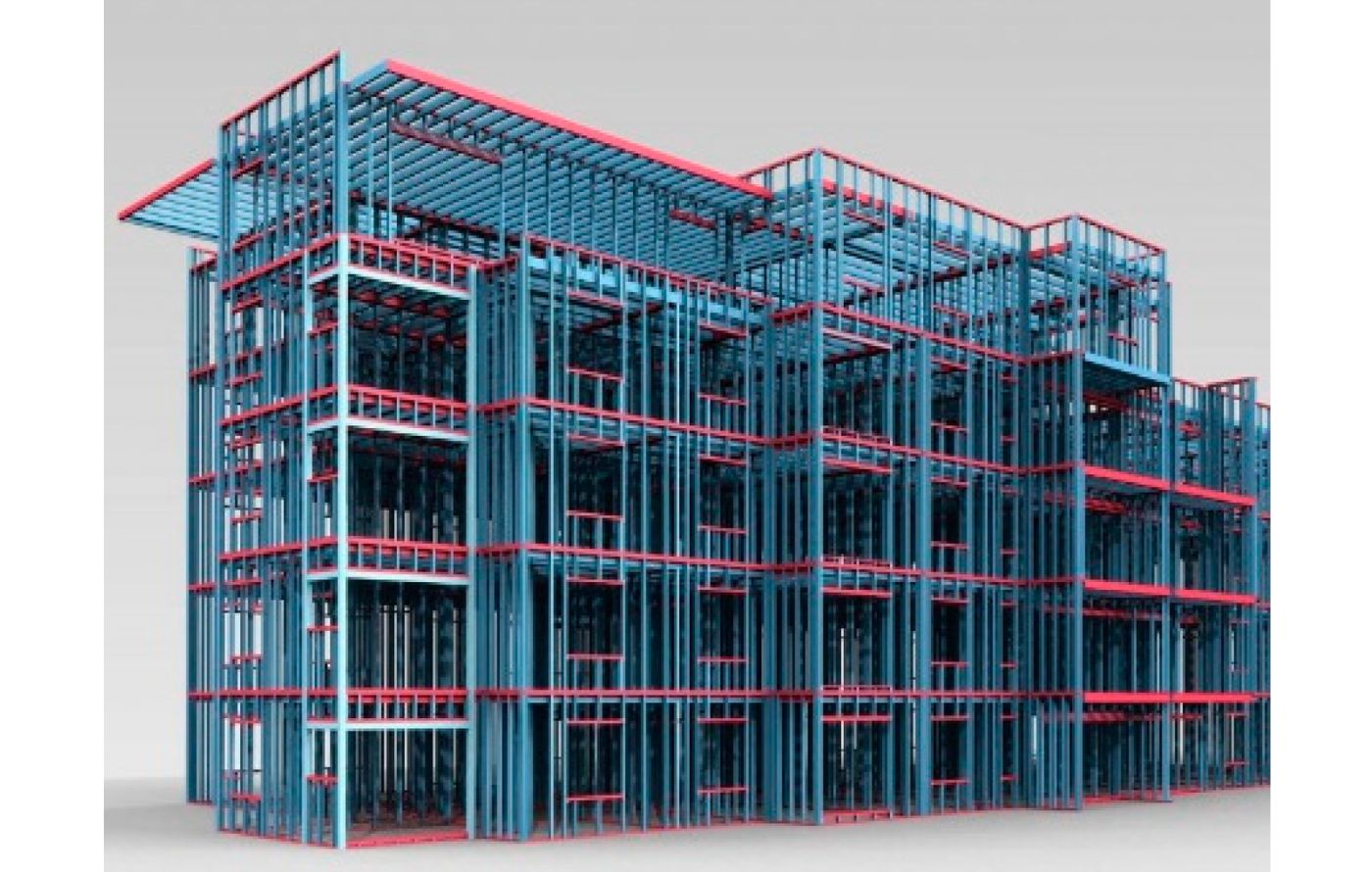The Future Of Sustainable Architecture: Steel-Frame Skyscrapers
As urbanization accelerates worldwide, the demand for sustainable architecture has never been greater. Steel-frame skyscrapers are at the forefront of this movement, offering a blend of strength, flexibility, and eco-friendliness that is reshaping city skylines. In this exploration of the future of sustainable architecture, we delve into the critical role played by materials like MS chequered plates and SAIL TMT bars in shaping these monumental structures.
Steel-Framed Skyscrapers: A Sustainable Vision:
The concept of sustainable architecture is more than just a passing trend; it’s a global imperative. Steel-frame skyscrapers have emerged as the sustainable vision for urban environments, redefining how we build and interact with cities.
MS Chequered Plates: The Foundation of Strength:
A skyscraper’s foundation is its cornerstone, and MS chequered plate are pivotal in ensuring stability. These steel plates, often used in heavy-duty applications, provide a solid base for skyscrapers. Their slip-resistant surface enhances safety during construction, and their robustness ensures longevity, reducing the need for replacements.
SAIL TMT Bars: Resilience and Flexibility:
Within the vertical columns and beams of steel-frame skyscrapers, SAIL TMT bars are the unsung heroes. Thermo-Mechanically Treated (TMT) steel bars from SAIL offer a unique combination of strength and flexibility, making them ideal for high-rise construction. Their ability to withstand seismic forces ensures that skyscrapers remain resilient in the face of natural disasters.
Sail Steel Price: The Economics of Sustainability:
The cost-effectiveness of SAIL TMT bars is a crucial factor in sustainable architecture. While constructing skyscrapers can be capital-intensive, Sail Steel Price remains competitive. This affordability encourages developers to invest in sustainable materials without significantly impacting project budgets.
Energy Efficiency and Steel-Frame Skyscrapers:
One of the defining features of sustainable architecture is energy efficiency. Steel-frame skyscrapers excel in this aspect. The steel used in these structures is highly recyclable, reducing the demand for new resources. Additionally, the design flexibility offered by steel allows for the incorporation of energy-efficient features such as advanced insulation, high-performance windows, and renewable energy systems.
Green Building Certifications:
To validate their commitment to sustainability, many steel-frame skyscrapers seek green building certifications. These certifications, like LEED (Leadership in Energy and Environmental Design) or BREEAM (Building Research Establishment Environmental Assessment Method), emphasize sustainable practices, including the use of eco-friendly materials like MS chequered plates and SAIL TMT bars.
Urban Density and Steel-Frame Skyscrapers:
As urban populations continue to grow, the need for vertical expansion becomes paramount. Steel-frame skyscrapers enable cities to accommodate more residents and businesses within limited urban footprints. This vertical density reduces the need for sprawling suburbs and long commutes, contributing to a more sustainable urban lifestyle.
Case Studies: Sustainable Steel-Frame Skyscrapers:
Several iconic skyscrapers around the world exemplify the future of sustainable architecture. The Shard in London, the One World Trade Center in New York City, and the Shanghai Tower in China are all prime examples of steel-framed skyscrapers that prioritize sustainability in their design and construction. These structures incorporate materials like MS chequered plates and SAIL TMT bars to ensure strength and durability while minimizing environmental impact.
The future of sustainable architecture lies in the soaring heights of steel-frame skyscrapers. These monumental structures, anchored by materials like MS chequered plates and SAIL TMT bars, offer a blueprint for environmentally responsible urban development. Their strength, energy efficiency, and adaptability make them ideal for the cities of tomorrow, where sustainability is not just a choice but a necessity.
As we continue to innovate in construction materials and techniques, steel-frame skyscrapers represent the pinnacle of sustainable architecture—a testament to human ingenuity, engineering excellence, and our commitment to building a more environmentally conscious and resilient world.

